Common Home Hazards
- Exposed Cords: Electric shock risk.
- Small Objects: Choking hazards (buttons, coins).
- Household Chemicals: Toxic if ingested.
- Open Windows/Balconies: Fall risks.
Ready to be the best kitten parent ever? Get expert tips, product reviews, and essential guides delivered straight to your inbox!
Posted on: 2025-10-22
By: Edyta Drabek
As you welcome a new kitten into your home, are you prepared to create a safe and nurturing environment for your curious little explorer? Discovering the art of kitten-proofing your space is essential to ensuring their safety and well-being. Here’s what you will learn to keep your furry friend safe!
Kittens are curious explorers, but their new home can hide many dangers. This visual highlights critical aspects of kitten-proofing your home, from common hazards to toxic plants and ongoing safety measures.
As a passionate pet enthusiast and the founder of Kittie Care Central, I know how crucial it is to create a safe environment for your new furry friend. Kittens are naturally curious and adventurous, which means they can easily get into trouble if your home isn't properly kitten-proofed. A safe space allows your kitten to explore their surroundings without the risk of injury or exposure to harmful substances. Let's dive into why a safe environment is so important!
Kittens are like little explorers, always on the lookout for new adventures! However, it’s essential to understand that they don’t know what’s safe and what isn’t. A safe environment not only protects your kitten from physical harm but also helps them develop confidence as they navigate their new home. In a secure space, they can play, learn, and grow without constant fear of danger. According to the American Animal Hospital Association, providing a nurturing environment is key to a kitten's health in its first year.
Here are a few reasons why creating a safe environment is vital for your kitten:
Even the coziest home can harbor dangers for lively kittens! Here are some common hazards you should be aware of:
By identifying these hazards, you can take proactive measures to keep your kitten safe and sound. Remember, the more prepared you are, the easier it will be to prevent accidents!
Did you know that some common houseplants can be harmful or even deadly to kittens? It’s true! As you set up your home, it's important to know which plants to avoid. Here’s a quick list of common toxic plants:
To ensure your kittens stay safe, consider researching pet-safe plants or choosing non-toxic alternatives. At Kittie Care Central, we believe that knowledge is key to providing a loving and safe home for your new kitten! For more comprehensive information on toxic plants, resources such as the National Institutes of Health offer valuable insights into plant toxicity in animals.
What measures have you taken to ensure your home is safe for your kitten? Share your tips or experiences with us!
Kitten-proofing your home is crucial because kittens are naturally curious explorers who don't recognize dangers. A safe environment prevents injuries, encourages healthy exploration, and reduces stress for both you and your kitten.
Common hazards include exposed electrical cords (which can cause electric shock), small objects like buttons and rubber bands (choking risks), household chemicals (toxic if ingested), and open windows or balconies (fall risks).
Several common houseplants are toxic. Highly dangerous plants include lilies (which can cause kidney failure), philodendron (causing swelling and pain), and aloe vera (leading to vomiting and diarrhea). Poinsettias can cause mild irritation.
Regular safety audits are recommended every few months. This helps identify new risks as your kitten grows and becomes more adventurous, ensuring your home remains kitten-proof over time.
To keep your kitten engaged, rotate their toys regularly, provide interactive toys that challenge them, schedule consistent play sessions to strengthen your bond, and consider making safe homemade toys.
As a devoted kitten parent, I can’t stress enough the importance of continuous vigilance in ensuring a safe environment for your furry friend. Kittens are naturally curious and adventurous, and they explore their surroundings with gusto! This means that even after you’ve completed your initial kitten-proofing, it’s essential to maintain a watchful eye on your home to keep potential hazards at bay.
Regular safety audits will help you identify new risks as your kitten grows. Remember, a safe home not only protects your kitten but also fosters a loving and nurturing environment where they can thrive, as highlighted in studies on feline welfare and indoor environments.
Conducting regular safety audits is a smart and proactive way to ensure your home remains kitten-proof. Here are some tips I’ve found helpful:
By performing these audits every few months, you can catch potential dangers before they become a problem. Trust me, it’s worth the effort to keep your kitten safe and sound!
Keeping your kitten engaged is another crucial aspect of safety. Boredom can lead to mischief, and we all know how curious kittens can be! Engaging them in playtime not only provides physical exercise but also enriches their mental health. Here are some fun ways to keep them active:
Engagement not only enhances their safety by reducing boredom-related incidents but also helps build a strong connection between you and your kitten!
As a passionate cat caregiver, I often recommend diving into the world of cat behavior literature. Understanding your kitten’s behavior is key to fostering a peaceful home environment. Here are some great benefits of using cat behavior books:
By educating yourself, you’ll feel more empowered to handle any challenges that arise while nurturing your kitten’s growth. Plus, it’s a fantastic way to bond over shared knowledge!
Here is a quick recap of the important points discussed in the article:
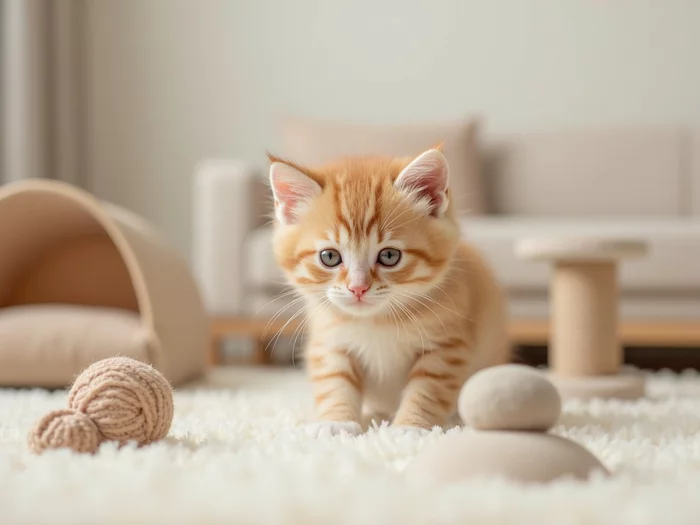
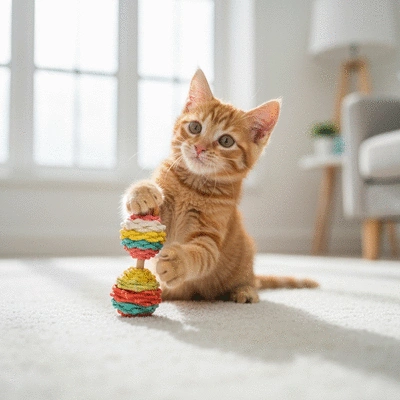

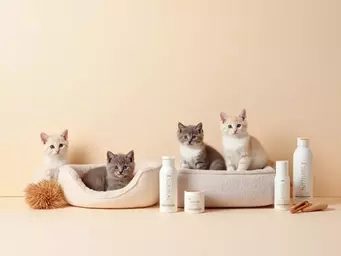 As you embark on the rewarding journey of kitten parenthood, understanding the significance of choos
As you embark on the rewarding journey of kitten parenthood, understanding the significance of choos
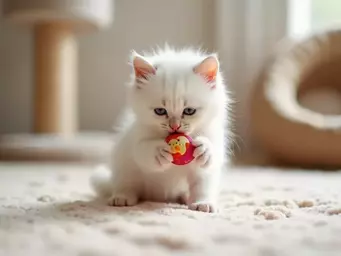 Early training is not just a phase; it's a cornerstone of a kitten's lifelong behavior and well-bein
Early training is not just a phase; it's a cornerstone of a kitten's lifelong behavior and well-bein
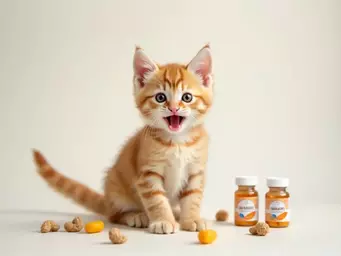 As a new kitten parent, understanding the nutritional needs of your furry companion is essential for
As a new kitten parent, understanding the nutritional needs of your furry companion is essential for